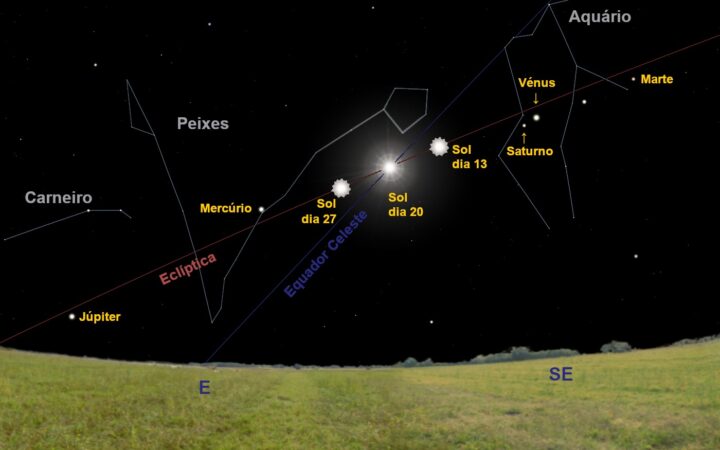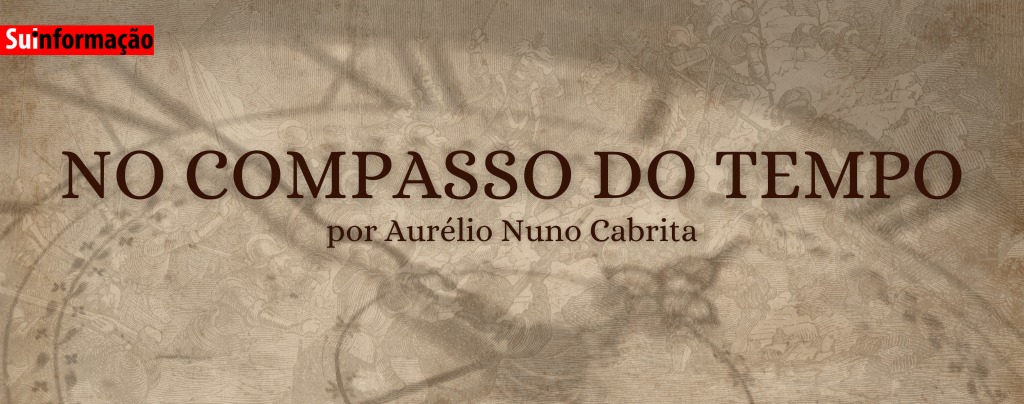On the second day of this month, the eve of the last quarter, the twentieth anniversary of the launch of the mission was celebrated Rosetta (from the European Space Agency), from the Kourou space base (in French Guiana).
The objective of the Rosetta was to study the comet Churyumov–Gerasimenko. This mission was also known for the landing of the probe Philae on the surface of this comet on November 12, 2014.
At the end of the morning on the 8th of March, the Moon will rise next to the planet Mars. One day later, the Moon will be located between Venus (to its right) and Saturn, planets that we will observe at dawn these days with some difficulty, as they are in a direction very close to that of the Sun.
Instead of Saturn, the planet Venus will come closer and closer to the direction of the Sun, so that the two planets will cross in the sky on the night of the 21st, when Venus will be seen to the left of Saturn .
On the 10th, our natural satellite will be in the direction of the Sun, giving way to the New Moon.
This ephemeris will coincide with the arrival of the Moon at its perigee: the point of its orbit closest to Earth.
On the night of the 13th, we will watch the moon set next to Jupiter, a planet that, these days, is located in the constellation of Carneiro.
In turn, the crescent moon will occur on the 17th, coinciding with the conjunction of Neptune with the Sun, ie, these two stars will be in the same direction.
As our planet moves around the Sun, it appears to move east along a line (the ecliptic) that corresponds to the projection of the plane of the Earth's orbit on the celestial sphere.
At 3:07 am on the 20th, the Sun will cross the celestial equator (the projection of the Earth's equator in the sky), lighting up more of the Earth's northern hemisphere, giving way to Spring.
On the 24th, the greatest elongation (distance from the position of the Sun) will occur to the east of Mercury. This way, we will have a little more time to observe this star at dusk.
In the early hours of the 25th, the Full Moon will take place next to the constellation of Virgo. This ephemeris will take place so close to the plane of the Earth's orbit that the Moon will cross a part of space where the Earth can only partially cover the Sun (the so-called twilight zone), thus giving rise to a penumbral lunar eclipse.
In Lisbon, this event should start at 4:53 am (local time), lasting until after the Moon is below the horizon.
Between the nights of the 19th and 30th, we will see how the Moon will have moved from the neighborhood of Espiga (a binary star, whose components rotate between each other every four days) belonging to the constellation Virgo, to near Antares, a red giant star located in the heart of the Scorpio constellation.
The last Sunday of the month will take place on the 31st, when summer time begins in our country. For this reason, at zero o'clock (continental time) on this day we must set our clocks forward one hour. It should also be noted that, as this Sunday falls after the first Full Moon of Spring, on the same day we will celebrate Easter.
Good remarks!

Author Fernando JG Pinheiro (CITEUC and FCTUC)




















Comments